Crate training a puppy: Six tips from expert dog trainer Ben Randall
Puppy crate training can be tricky, yet it can pay dividends in all sorts of ways — even making puppy toilet training easier. Award-winning dog trainer Ben Randall explains how to get it right from the start — and we do mean the VERY start.
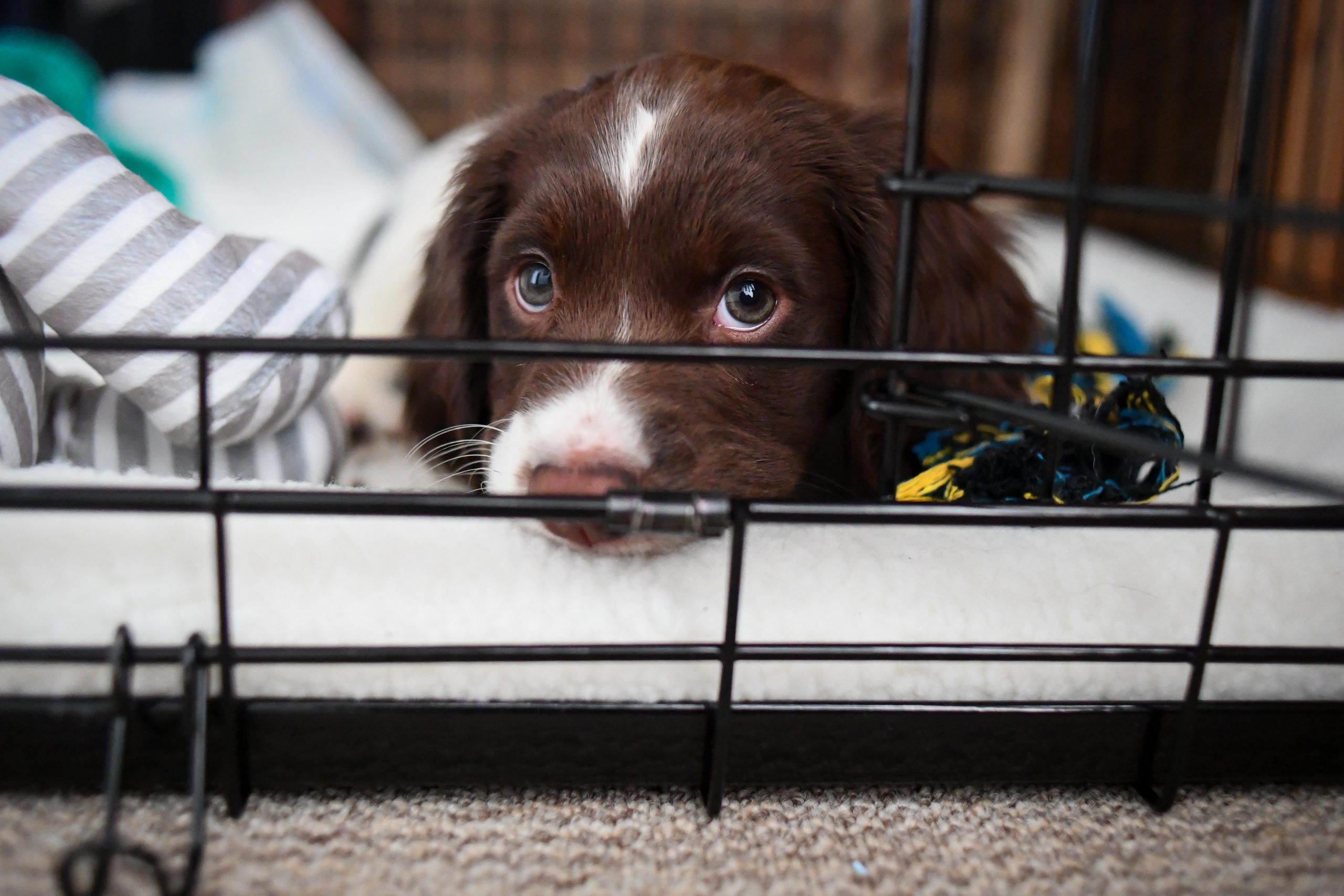

It might not seem like it as you decide between different breeds, but choosing a dog is the easy bit: the fun really begins once you get your puppy home, and start to settle him or her into your life. More and more owners are turning to puppy crate training to help with this process — and while first-time owners might think it seems wrong to put your dog in what feels like an oversized birdcage, what you're actually doing is providing a safe space for your four-legged friend to feel safe, happy and comfortable.
I'm Ben Randall, an award-winning dog trainer — you can see more about me and my work at @beggarbush on Instagram. I'm Country Life's canine agony uncle; my first column was all about dog recall training, and if you'd like to ask a question of your own, email paws-for-thought@futurenet.com. Here's this week's query, all about puppy crate training.
'I am about to get a cocker spaniel puppy,' writes EML from Devon, 'and would like to train him to use a crate to help with house-training and — because we have a busy household — as a quiet place to rest. How should I go about making it a happy and positive refuge for him?'
'Happy and positive refuge' is exactly the right phrase. What we are working towards is for your dog to see the crate as its own private, positive space. If you follow these steps, you’ll soon find that your dog not only loves his crate, but he’ll even take himself in there on his own accord.
Six tips for crate training a puppy
1. Start crate training right from the start — the very start
On the day you collect your puppy — and to ensure he’s safe and secure on the car journey home — put him into a crate. Personally, I prefer to place the crate on the back seat, as opposed to in the boot, and to strap it in by pulling the seat belt around it and securing it in the buckle. If you can, have someone sit next to the crate, too — that way the puppy will have some company and is less likely to cry or get distressed.
At this early stage, I think it’s a big mistake to put a crate in the back of the vehicle, where the puppy can’t see or hear you; because, if they get upset (as they sometimes do, because it’s their first time away from the litter), they will always associate the crate as an unhappy place to be, especially if you then put it in the same crate overnight. By making the crate comfortable and keeping it close, so that you (and/or your companion) can chat to and reassure the pup, your dog will always see it as a positive space.
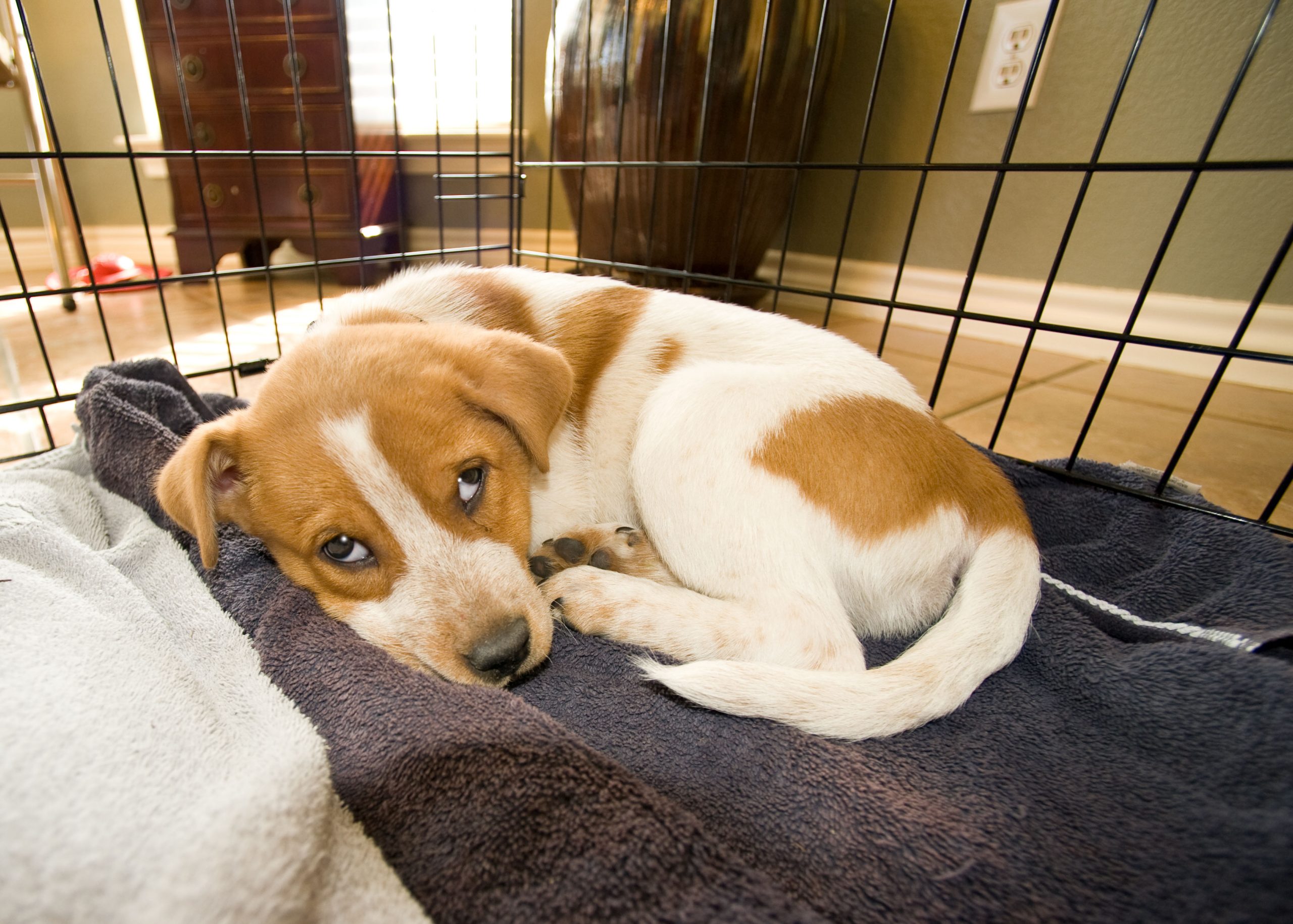
2. Take the same crate with you everywhere
I know, I know: it's a pain to have to carry a crate to and from the car whenever you need to take your puppy anywhere, but trust me on this. Especially for the first few weeks, make sure you use the same crate from the car in the house, because it smells familiar and will help reassure your pup that they're in a safe place, which in turn will will help your dog to settle and get used to it in all environments.
Sign up for the Country Life Newsletter
Exquisite houses, the beauty of Nature, and how to get the most from your life, straight to your inbox.
3. Find a quiet place to locate the crate at home
When I first bring a puppy into the house, I like to put the crate in the utility room or at the bottom of the stairs, as these are usually nice, calm and quiet places that are away from the main traffic of the house. From the start, it’s vital that your pup views the crate as a really great and safe place to be, so keep an eye out for the particular chew or toy he most favours and give it to him every time you put him in the crate.
4. Steel yourself for a bit of whimpering
At first, they will whimper or bark, but try to ignore that for a period of time — although don’t leave it too long if they are stressed and panicking — as they should soon settle.
Sometimes, of course, they start barking for attention, which is a good time to introduce the ‘leave’ command. I use ‘leave’ to deal with any negative behaviour, such as jumping up, stealing remote controls or whining—basically, to my dogs, ‘leave’ means stop what you are doing immediately!
5. Keep the light out at night
If you have skylight windows, or no blinds or curtains and it’s not possible to block out the light, I’d recommend covering the crate with a dark blanket at night. Otherwise, you’ll find that your pup will wake up much earlier than you’d like him to, especially on bright summer mornings.
6. Work on puppy crate training and puppy toilet training all at once
During the first few weeks, it’s best to aim to put your puppy to bed in his crate at about 10.30pm to 11pm. I usually take them out for their last pee at that time and try not to let them play or get excited, so that they don’t drink too much.
In addition, at this stage, I don’t leave a water bowl in the crate overnight, as they might drink too much or spill it, both of which will make them want to have a pee. I go to bed at the same time as the pup, but listen out for a small whimper or cry that indicates that they need to go out.
In any case, I set an alarm for about 2.30am or 3am, then go downstairs, take the puppy out of his crate and carry it to the garden, where I give the toilet command and encourage him to do his business. Once he’s had a pee, I carry him back to his crate and get up again at 5.30am to 6am to repeat the process.
I maintain this for a few weeks, gradually lengthening the time in the crate until it’s no longer necessary to do the 2.30am to 3am pee-stop and, eventually, the puppy is able to sleep from 10.30pm to 5-6am.
For more detailed advice about Ben Randall’s positive, reward-based and proven BG training methods, one-to-one training sessions, residential training or five-star dog-boarding at his BGHQ in Herefordshire, telephone 01531 670960 or visit www.ledburylodgekennels.co.uk
For a free seven-day trial of the Gundog app, which costs £24.99 a month or £249.99 a year, visit www.gundog.app/trial
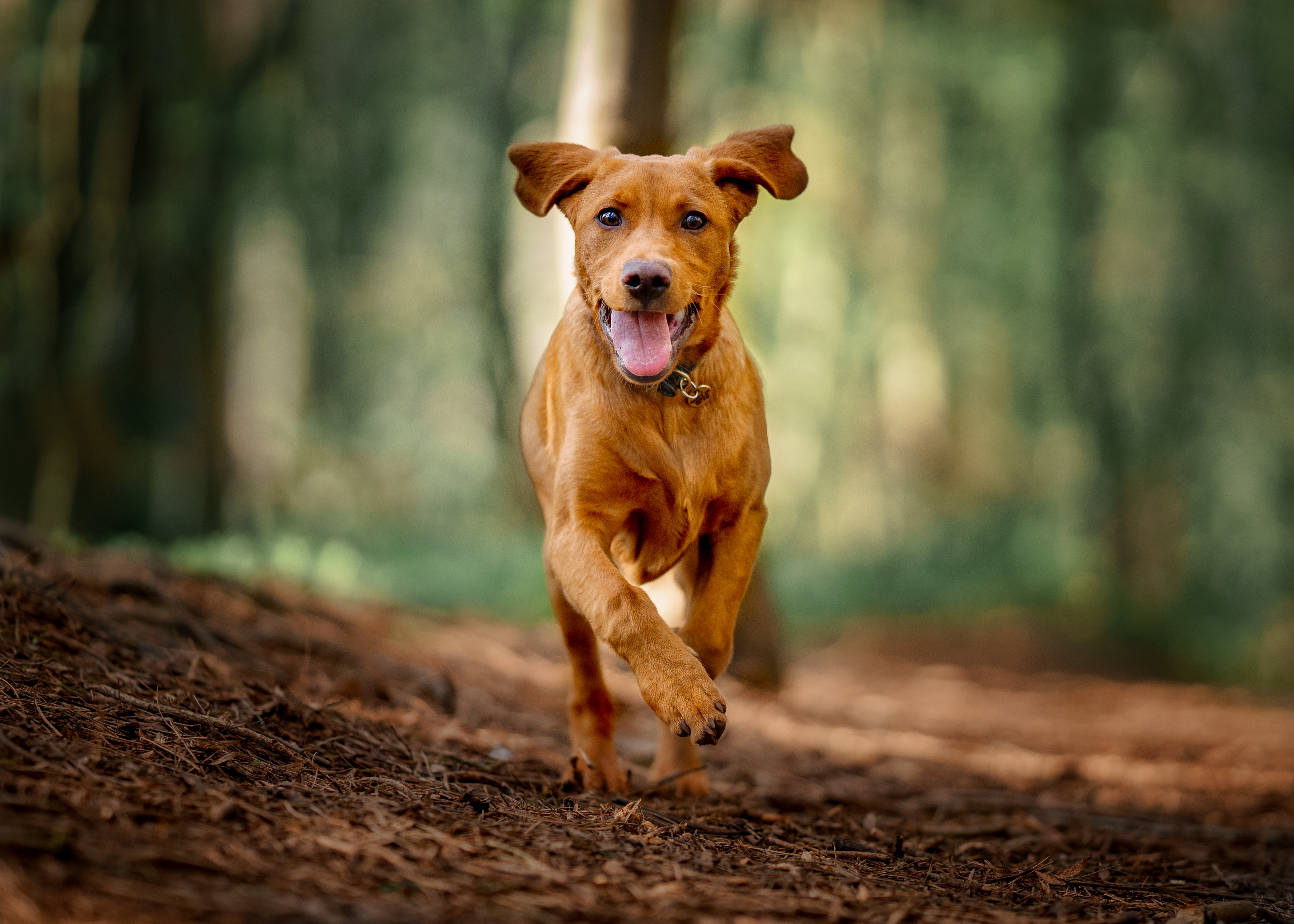
Credit: Getty Images
Dog recall training: Six tips from champion dog trainer Ben Randall
Training your dog is not easy — and with the huge recent rise in dog ownership, it's never been a better
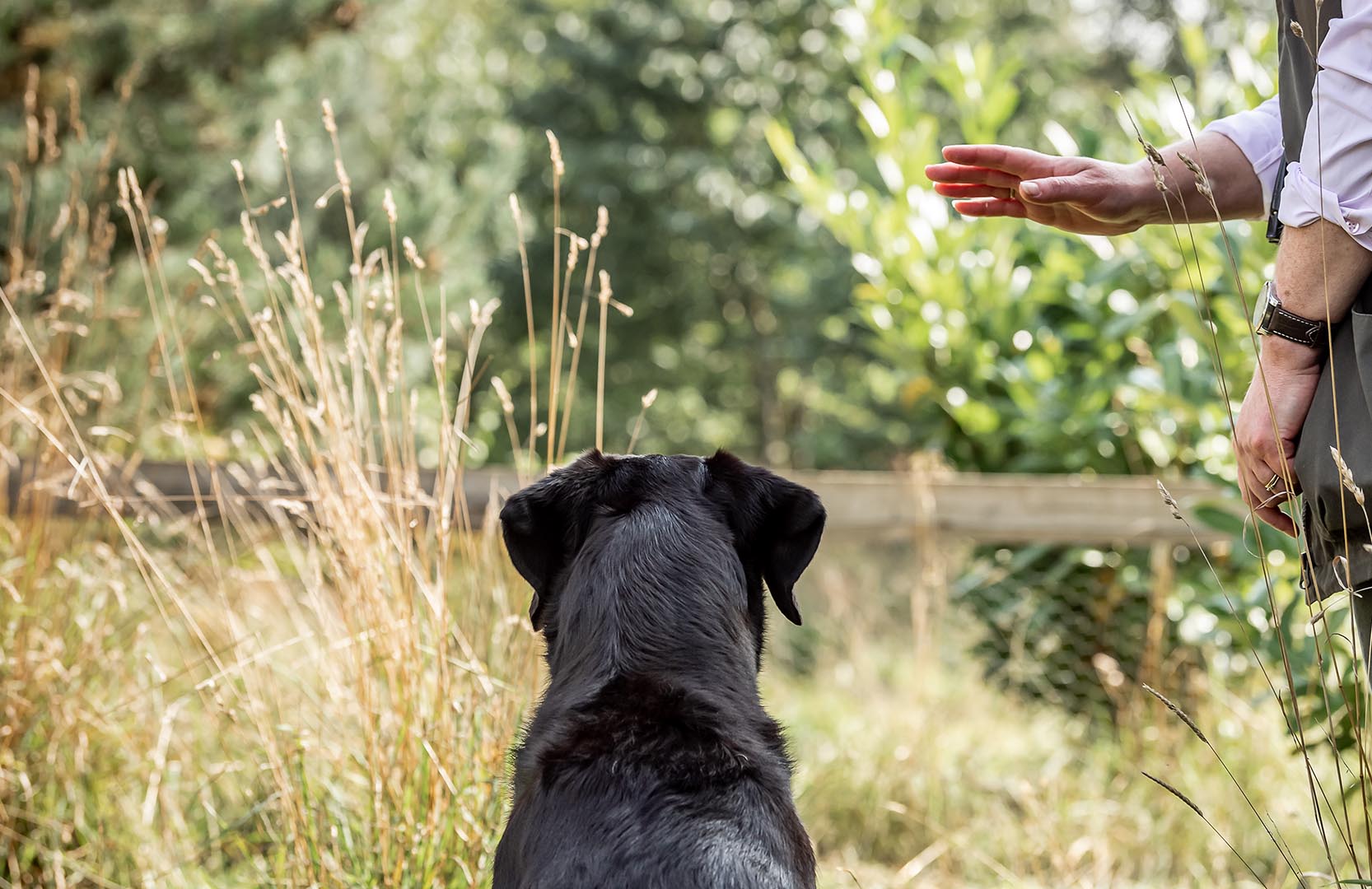
The champion dog trainer with a game-changing method who can teach any dog new tricks
Award-winning dog trainer Ben Randall — who looks after the dogs for everyone from David Beckham to Gordon Ramsay — happened
-
 Five beautiful homes, from a barn conversion to an island treasure, as seen in Country Life
Five beautiful homes, from a barn conversion to an island treasure, as seen in Country LifeOur pick of the best homes to come to the market via Country Life in recent days include a wonderful thatched home in Devon and a charming red-brick house with gardens that run down to the water's edge.
By Toby Keel Published
-
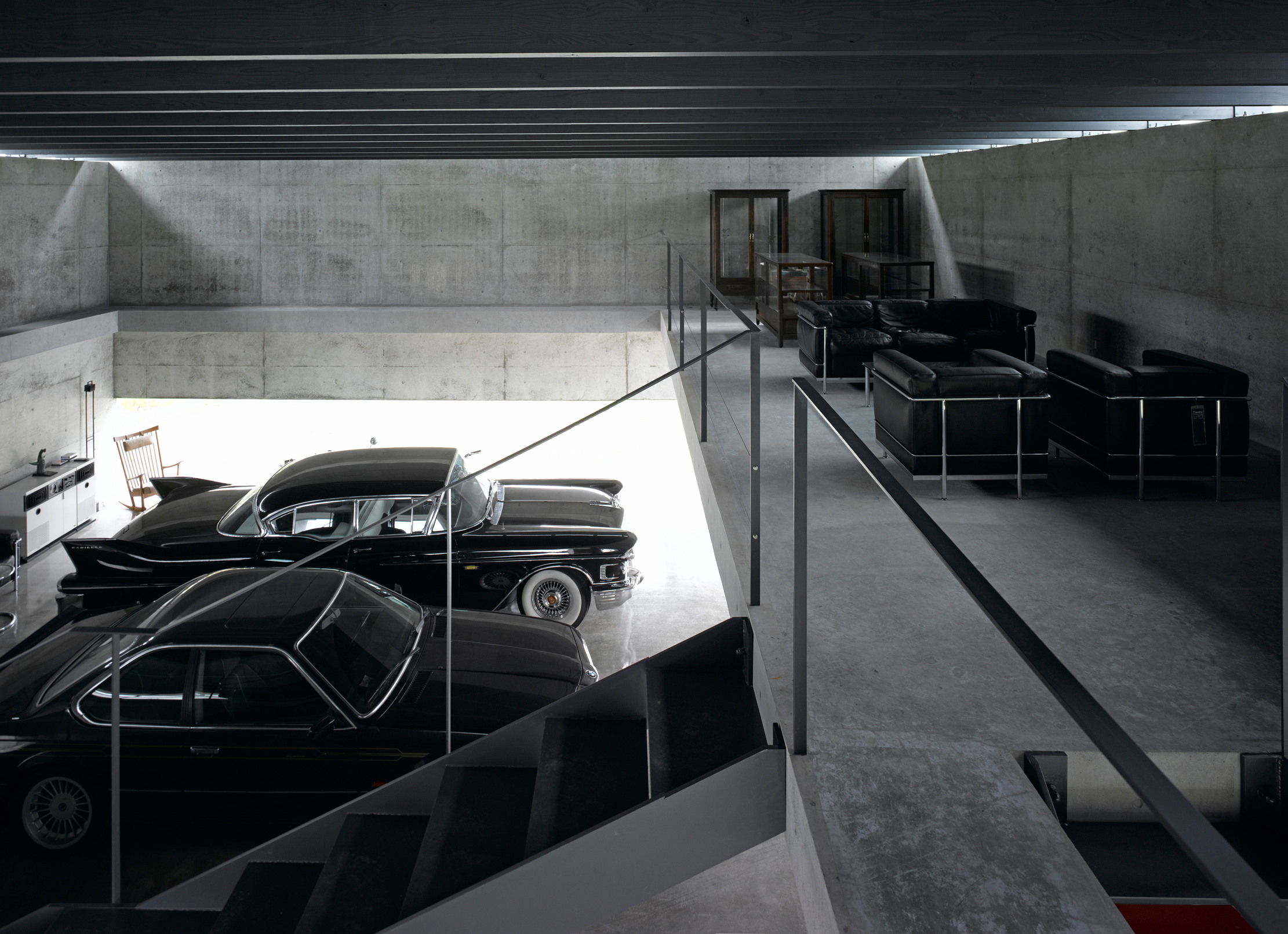 Shark tanks, crocodile lagoons, laser defences, and a subterranean shooting gallery — nothing is impossible when making the ultimate garage
Shark tanks, crocodile lagoons, laser defences, and a subterranean shooting gallery — nothing is impossible when making the ultimate garageTo collectors, cars are more than just transport — they are works of art. And the buildings used to store them are starting to resemble galleries.
By Adam Hay-Nicholls Published
-
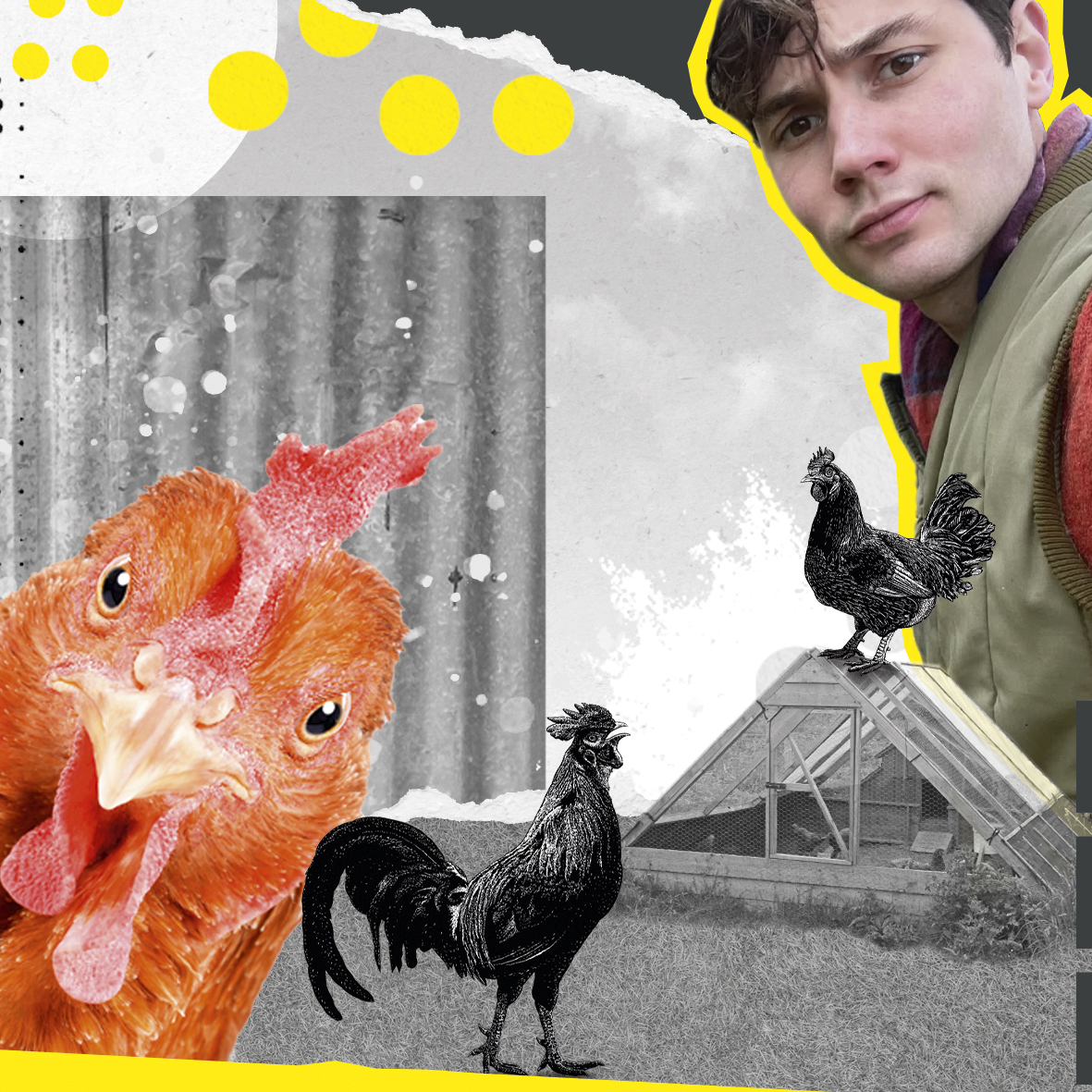 Arthur Parkinson: I am a cleaner, security guard and matron to my happy hens
Arthur Parkinson: I am a cleaner, security guard and matron to my happy hensIn his first regular chicken-keeping column for ‘Country Life’, Arthur Parkinson introduces his brood and touches on the importance of good housekeeping.
By Arthur Parkinson Published
-
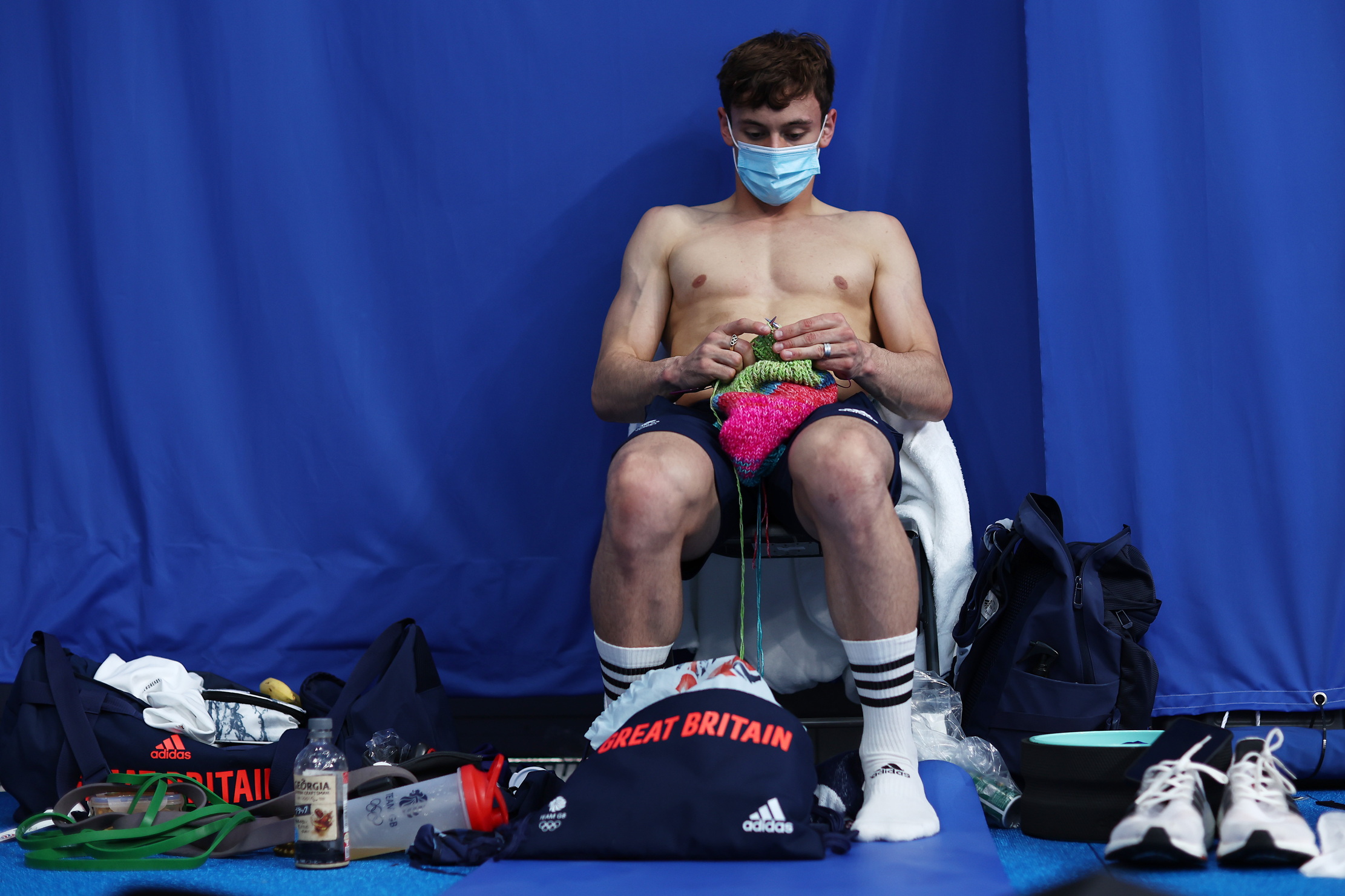 Is anyone more superstitious than a sports star?
Is anyone more superstitious than a sports star?When it comes to worrying about omens and portents, nobody gets quite so worked up as our sportsmen and women.
By Harry Pearson Published
-
 Everything you need to know about one of sport's most gruelling rivalries
Everything you need to know about one of sport's most gruelling rivalriesThis year's Boat Race is expected to play out to a global audience of 100million.
By Amie Elizabeth White Published
-
 The humble hazel dormouse — 'the flagship species of the health of our countryside'
The humble hazel dormouse — 'the flagship species of the health of our countryside'The sleepy and very sweet hazel dormouse is one of Britain's rarest mammals.
By Jack Watkins Published
-
 The grass is always greener: Follow in the footsteps of Sir Andy Murray and play in The Giorgio Armani Tennis Classic
The grass is always greener: Follow in the footsteps of Sir Andy Murray and play in The Giorgio Armani Tennis ClassicThere’s no better time of year than the summer grass court tennis season.
By Rosie Paterson Published
-
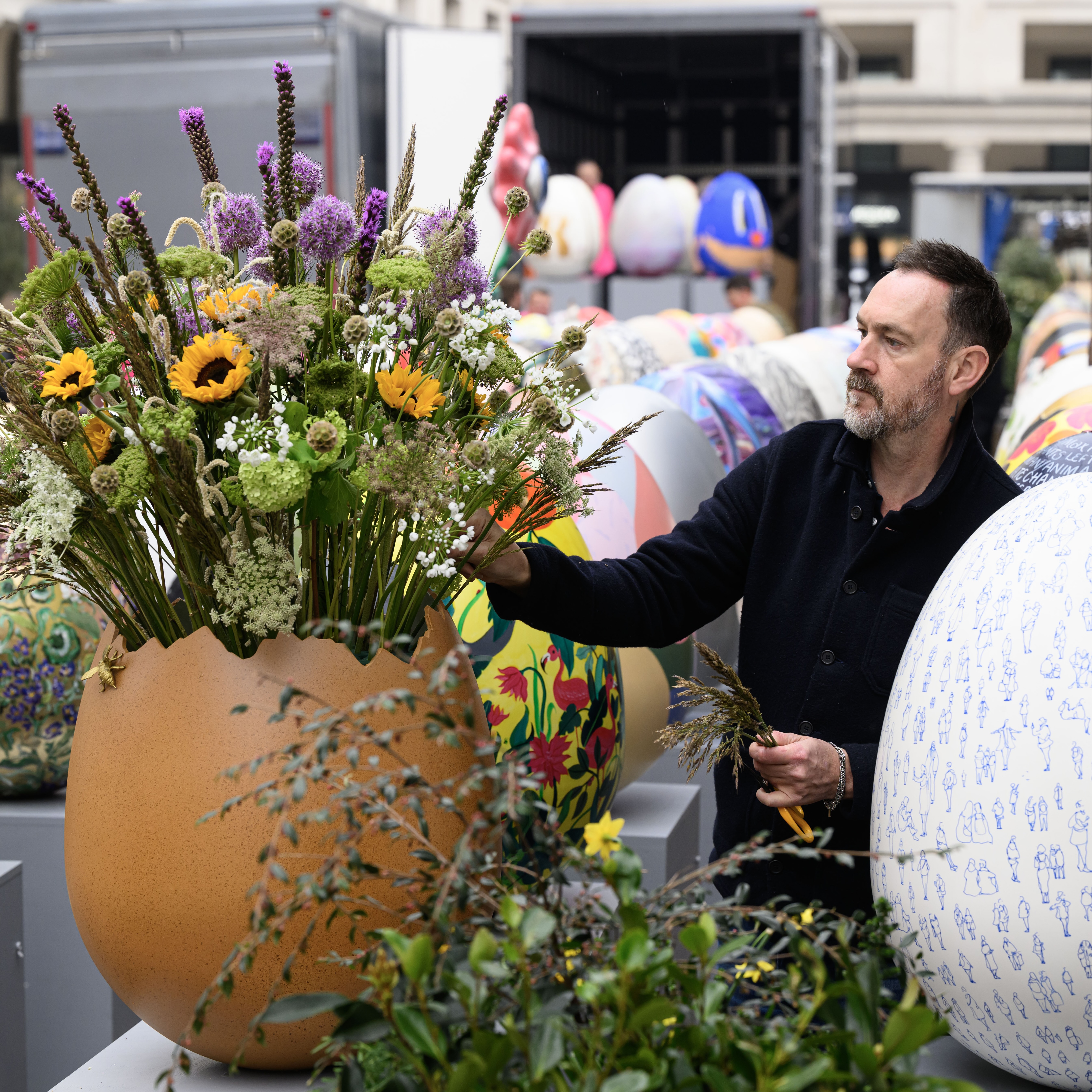 You've gotta catch them all: Everything you need to know about London's giant Easter egg hunt
You've gotta catch them all: Everything you need to know about London's giant Easter egg huntFortnum & Mason, Anya Hindmarch and Chopard are among the companies that have lent a creative hand.
By Amie Elizabeth White Published
-
 The UK gets its first ‘European stork village’ — and it's in West Sussex
The UK gets its first ‘European stork village’ — and it's in West SussexAlthough the mortality rate among white storks can be up to 90%, the future looks rosy for breeding pairs in southern England.
By Rosie Paterson Published
-
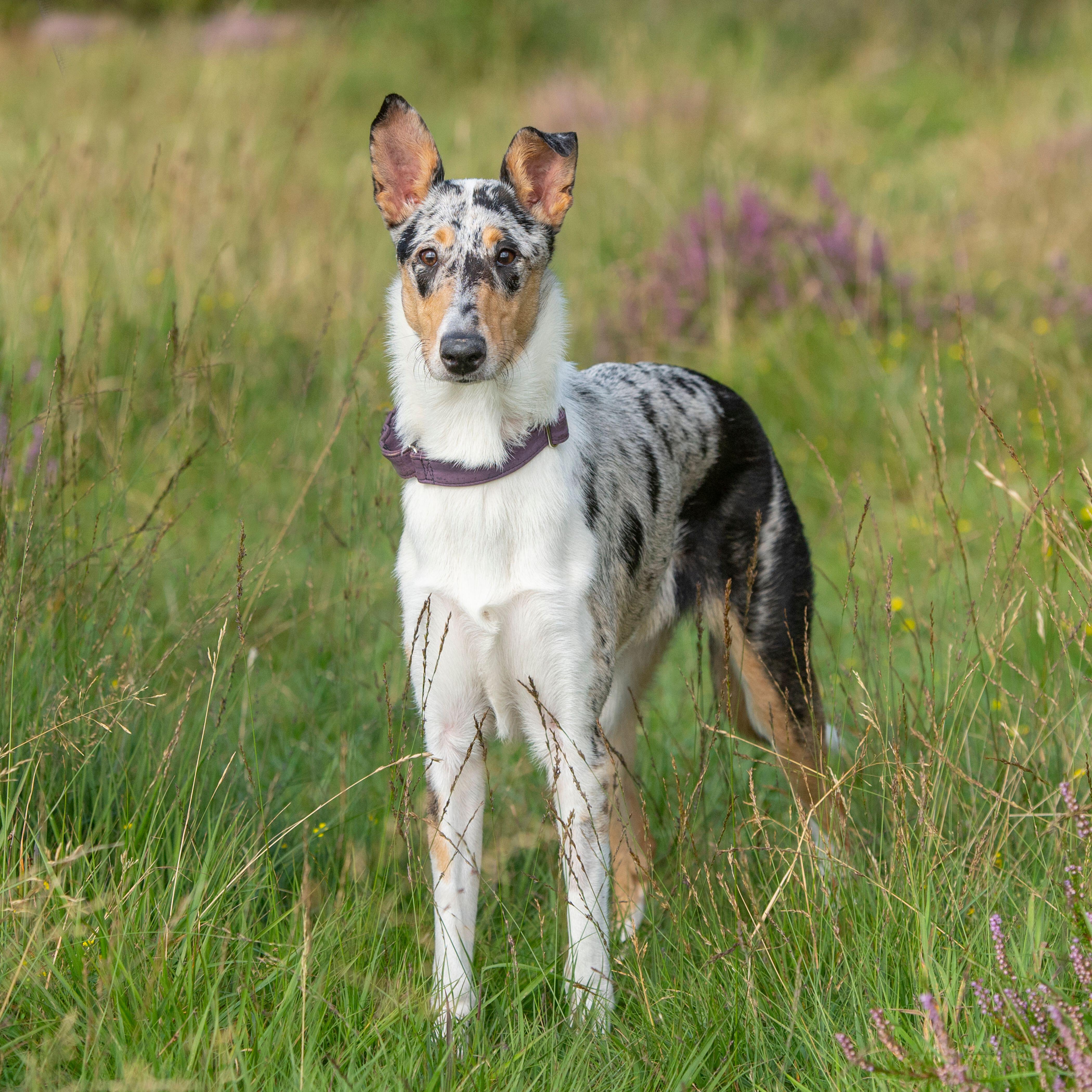 Can't you hear me S.O.S? Our treasured native dog breeds are at risk of extinction
Can't you hear me S.O.S? Our treasured native dog breeds are at risk of extinctionDo you know your Kerry blue terrier from your Lancashire heeler? A simple lack of publicity is often to blame for some of the UK's native dog breeds flying dangerously low under-the-radar.
By Victoria Marston Published